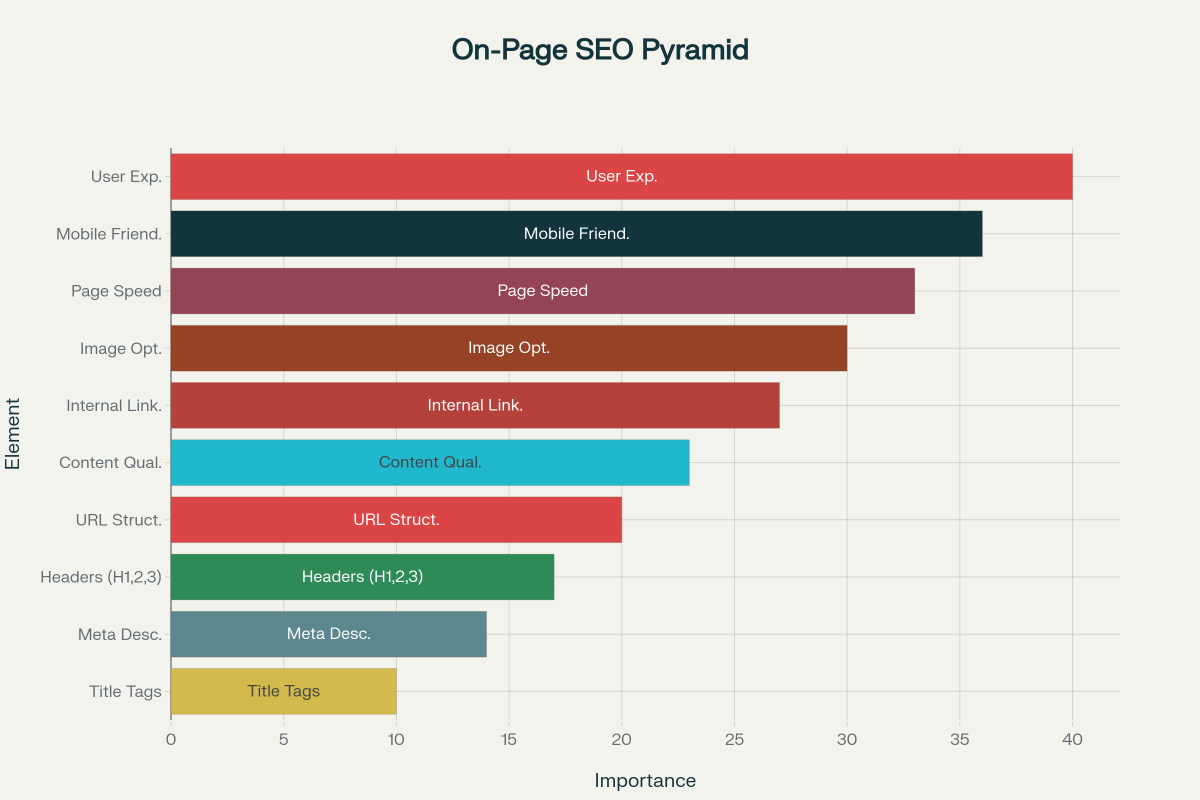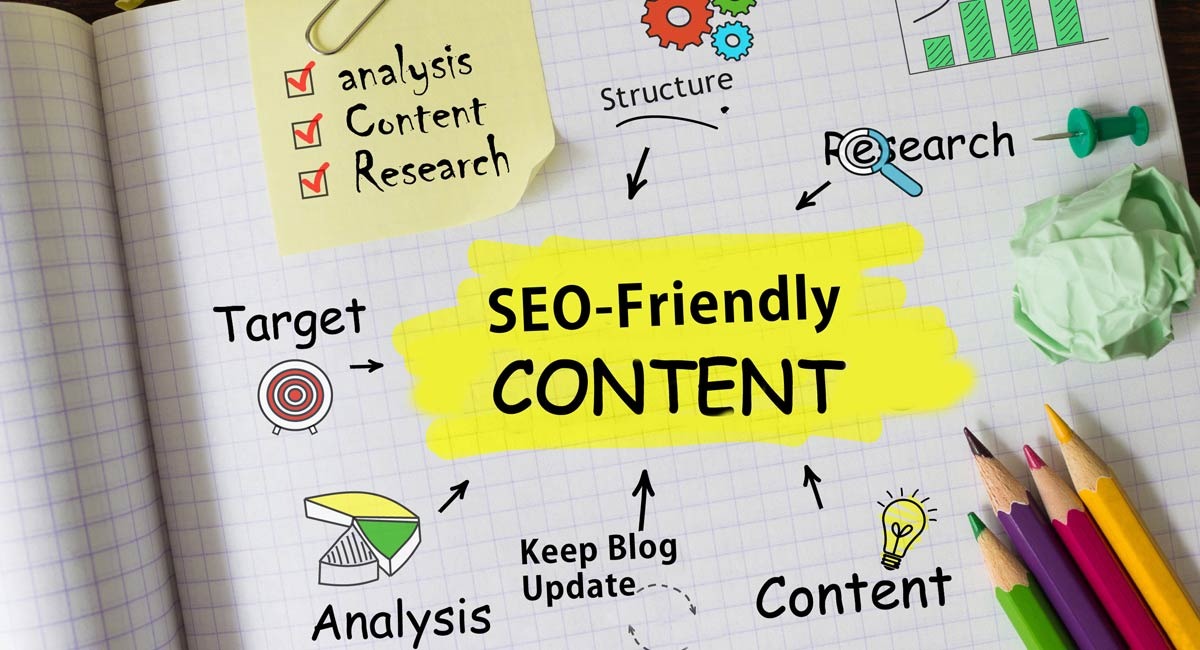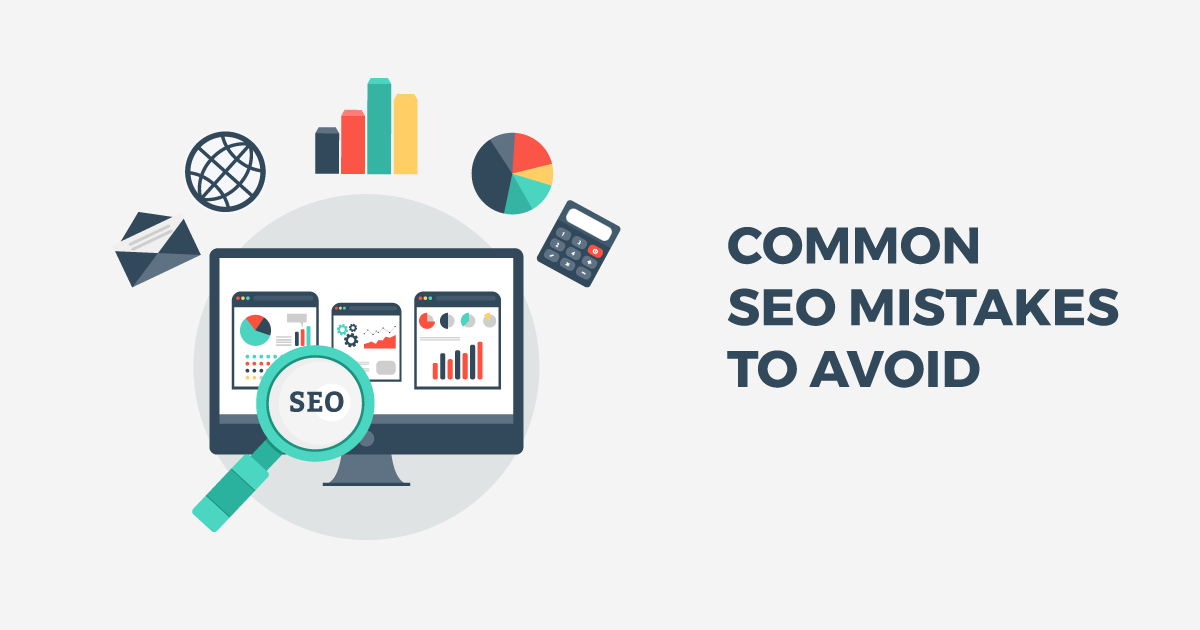There are no items in your cart
Add More
Add More
| Item Details | Price | ||
|---|---|---|---|
SEO, an abbreviation of Search Engine Optimization, is the process of improving your website’s visibility on search engines like Google, Bing, and YouTube, without paying a dime for ads.
It involves optimizing your site’s content, structure, and technical setup so that search engines can easily understand your content, index it properly, and help it rank higher in search results.
SEO becomes extremely crucial for anyone with a website in 2025, due to the following reasons:
1. Increased visibility
2. Free, targeted traffic
3. Trust and credibility
4. Better UX
5. Competitive edge
And due to these reasons, it is very important for business owners to properly learn about SEO and what works in 2025, because the reality is,
SEO isn’t dead, it has evolved over the years,
Something I have talked about more in this video;
And if you don’t evolve along, you might run out of business.
In this blog, I will give you the perfect combination of evergreen fundamentals with 2025-specific updates, so you can grow traffic without worrying about AI content or Google Updates.
SEO is all about keywords; it's about ranking for keywords that your customers search for, and there are multiple strategies and tactics in the market to find them.
The ONE thing you can do to identify them is use the Google autocomplete feature.
Just type in a keyword that customers might search for, and look for the suggestions that Google gives you, and the reasons they work are due to two reasons;
1. These are usually the keywords people are searching for now, or they are in trend. You can be early and ride the wave as more and more people search for them.
2. But more importantly, they are just long-tail keywords, which are, in general, much less competitive than other keywords.
If you want to have a better grasp of keyword research, here is my free YouTube video for you:
Usually, people go after very competitive keywords, words that are synonyms with their niches.
The reason this should be avoided at all costs is that it's way too competitive for new sites to rank for, because there are huge brands that are using that same keyword to rank on, which would make your site invisible.
So while a normal keyword might be “skin care routine”, a long-tail keyword can be “skin care routine for men”.
So to find these keywords, just scroll down to the end of the Google search page, and these are the ones that you can potentially use to rank better and build an organic presence for yourself.
Another thing you can do to ensure that your keywords are perfect is to cross-check with tools like:
- Lowfruits.io, which would ensure they have less competition.
- Exploding Topics - they would check if the keywords follow rising trends.
The reason they still work in 2025 is because, mostly, they are less competitive due to which allows them to dominate niche search traffic.
Google SGE often skips over broad and in-trend terms and favours specific, helpful content.
On-page SEO involves the optimization of web pages to rank them higher and earn more traffic.
This includes the modification of both the content and HTML source code of a page.
Title Tag: The title tag must carefully describe the content of the page and include the target keyword. Keep it below 60 characters and ensure it is fully visible in search results. Summarize the page content and write a compelling explanation to enter the target keyword.
Header - Tags (H1, H2, H3): Use header tags to logically configure content. H1 contains the main keyword, and you need to clearly state what the site is.
Content Optimization: Create high-quality, comprehensive content that covers topics in depth. Naturally use target keywords throughout your content, but avoid filling in keywords.
Internal Links: Links to other related pages on the website help search engines understand the structure of the website and engage users.

Technical SEO involves optimizing the technical aspects of your website to help search engines collect, index, and evaluate your website more effectively. Optimize your images, minimize code, and choose reliable hosting to increase speed. Make sure your website works well on all your devices.
URL structure:
Create clean, descriptive URLs that contain related keywords and are easy to understand for users and search engines.
A website with clear navigation and internal links to help search engines understand the hierarchy of content.
Search engines want to provide users with the most relevant and high-quality content that is most useful for their queries.
We want to explore what our competitors have to cover and create better things more thoroughly. But first, don't forget to write for the second search engine.
Modern algorithms are refined enough to understand semantic relationships between words.
Comparison items:
Users can choose from different options. This includes original research, comprehensive guidelines, useful tools, and inspiring articles. This helps you build relationships, build authority, and gain valuable backlinks. If this is valuable to your audience, please contact our content.
Out of all the tactics, this is the most obvious yet most overlooked part.
Content is the heart of SEO.
If you post genuine, life-changing content on your website, then you are bound to build an organic audience.
All the Search Engines have the policy to provide their users with the most helpful, relevant, and high-quality content so that users regularly come back to them.
Hence, if users find your content useful, not only would they become a part of your audience, but they would bring on more audience, and hence you would start ranking on the search engines.
Here’s how you can create the content that would prove to be helpful for your audience,
Focus on creating content that serves your audience’s needs and accurately answers their questions comprehensively.
Research what your competitors are posting, what topics they are covering, what questions they are answering, and aim to create something better and more understandable.
Instead of forcing your target keywords through the text, just try to use them naturally throughout your content, in the headings, subheadings, and body text.
And always keep this in your mind: write for humans first, and search engines second.
Further, try to include related keywords and synonyms to help search engines understand the full context of your content, because modern algorithms are smart enough to understand the content you write and its usefulness.

Now, as you know how important it is to create helpful content, here is a list of the content types that perform well, so you don’t have to further use your brain cells to decide what topic to write on.
Link building is inarguably the best aspect of SEO.
If you manage to have quality backlinks from reputable websites, then it would send a signal to search engines that your content is valuable and trustworthy, which would mean more reach and audience.
Now, here are some effective link-building strategies that you should look out for:
SEO is NOT a set-it-and-forget-it strategy, you must monitor key metrics at regular intervals and adapt to the algorithms and demands of the audiences frequently, to ensure long-term success.
Now, here are the key metrics that you must track:
✔️ Organic Traffic: These are the number of visitors that come to your site from search engines. This is often the primary and most important metric for measuring SEO success.
✔️ Keyword Rankings: Track how your target keywords are performing in search results over time.
✔️ Click-Through-Rate (CTR): This is the percentage of people who see your website in search results and click on it.
✔️ Bounce Rate: This shows the percentage of visitors who leave your site after just viewing the front page. A high bounce rate indicates that either your website isn’t presentable or confusing, or your content is not up to the user's expectations.
✔️ Conversion Rate: This is the percentage of organic visitors who completely read the page and even respond to the call to actions on your site, such as making a purchase or signing up for a newsletter.
✔️ Backlink Profile: Monitor and try to improve the quantity and quality of websites that are linking to your content.
And while you know how to deal with SEO and what metrics to track, here are the common mistakes that business owners usually make, and you must avoid at all costs.
Understanding what not to do is just as important as knowing what to do in SEO.
Keyword Stuffing: This is when, to meet the requirement of including target keywords, people start to overuse keywords in an unnecessary fashion that feels unnatural, and instead of doing good this way, you start to harm your rankings.
Buying Low-Quality Links: If you are trying to save money by purchasing links from link farms or low-quality websites, it would not only bring harm to your website, but can also bring in penalties from search engines.
Ignoring Mobile Optimization: Since most of the time people use their phones to search for the results of their queries, you must have your website as a mobile-friendly site; otherwise, even with everything else right, you would still hurt your rankings.
Duplicate content: Having the same content on multiple websites would not only confuse search engines, but it would give the impression that you post redundant content, and hence it would be a big harm to your ranking potential.

Neglecting page speed: 93% of the audience leaves a website when it takes more than 3 seconds to load. So, make sure that you don’t have slow-loading pages, so that you don’t end up impacting your rankings.
Focusing only on search engines: While SEO is extremely important, you must always prioritize creating helpful, valuable content to gain an organic audience, instead of focusing all your energy and money on search engines.
Even after so many recent developments, SEO continues to evolve as search engines start to become more sophisticated.
And to rank your content, search engines usually need to understand it better, and hence, they have increased the usage of AI and machine learning for it.
As of now, Voice search has become more prevalent, which means to rank better as per SEO, you must focus more on having relevant conversational queries.
Also, Visual search & video content have had an increased importance.
The key to building an SEO strategy that works not only now, but also brings you great results in the future, is by focusing on creating genuinely valuable content for your audience while staying informed about the industry changes and trending best practices.
READ MORE: 10 Ecommerce Strategies To Double Your Sales
With AI and cutthroat competition, SEO now feels very overwhelming.
And with the amount of tips and tricks I have given you, it might enhance that feeling for you, but the truth is, you don’t need to implement everything at once.
Start with the basics: Do keyword research, optimize your most important pages, ensure that your website is user-friendly, and create high-quality, beneficial content consistently.
Remember, SEO isn’t a quick fix; it’s a long-term strategy.
While some changes would show you instant results, some of them might take you hours, even days, on your end to show results.
So, instead of focusing on quick results, try to be patient, consistent, and valuable to your audience.
The investment in SEO is worthwhile because, at the end of the day, it would provide you with organic traffic, brand credibility, and the highest ROIs among all digital marketing channels.
By understanding how search engines work and correctly implementing the strategies from this blog, it is guaranteed that you will have an improved website search visibility and will achieve your online marketing goals at the earliest.
Start with being small, measure the progress you make, and then gradually expand your SEO reach as you become more aware and comfortable with the process.
The journey of SEO begins with understanding the fundamentals, and now you are perfectly equipped to take that first step.

DAMINI TRIPATHI
Damini Tripathi, rocking the digital marketing scene for 5 awesome years. Started from scratch, now running my digital marketing agency and creating cool content too. She has been one of the fastest-growing digital marketers on the internet. Damini has also scaled multiple clients from ZERO —> HERO.